| |
|
| High-speed Vision Inspection Module, TEV-300 |
|
| TEV-300 is designed for the measurement and the inspection of tiny electronic components,
like MLCC / MLCI / Chip Resistor / Diode / LED, and can be easily installed on most popular taping machines.
With most 3 independent sets of inspection cameras, users can check the products at both the indexing plate and the reel. The production
speed can be maintained and not influenced with the superior image processing algorithms and the help of the buffered output mode.
|
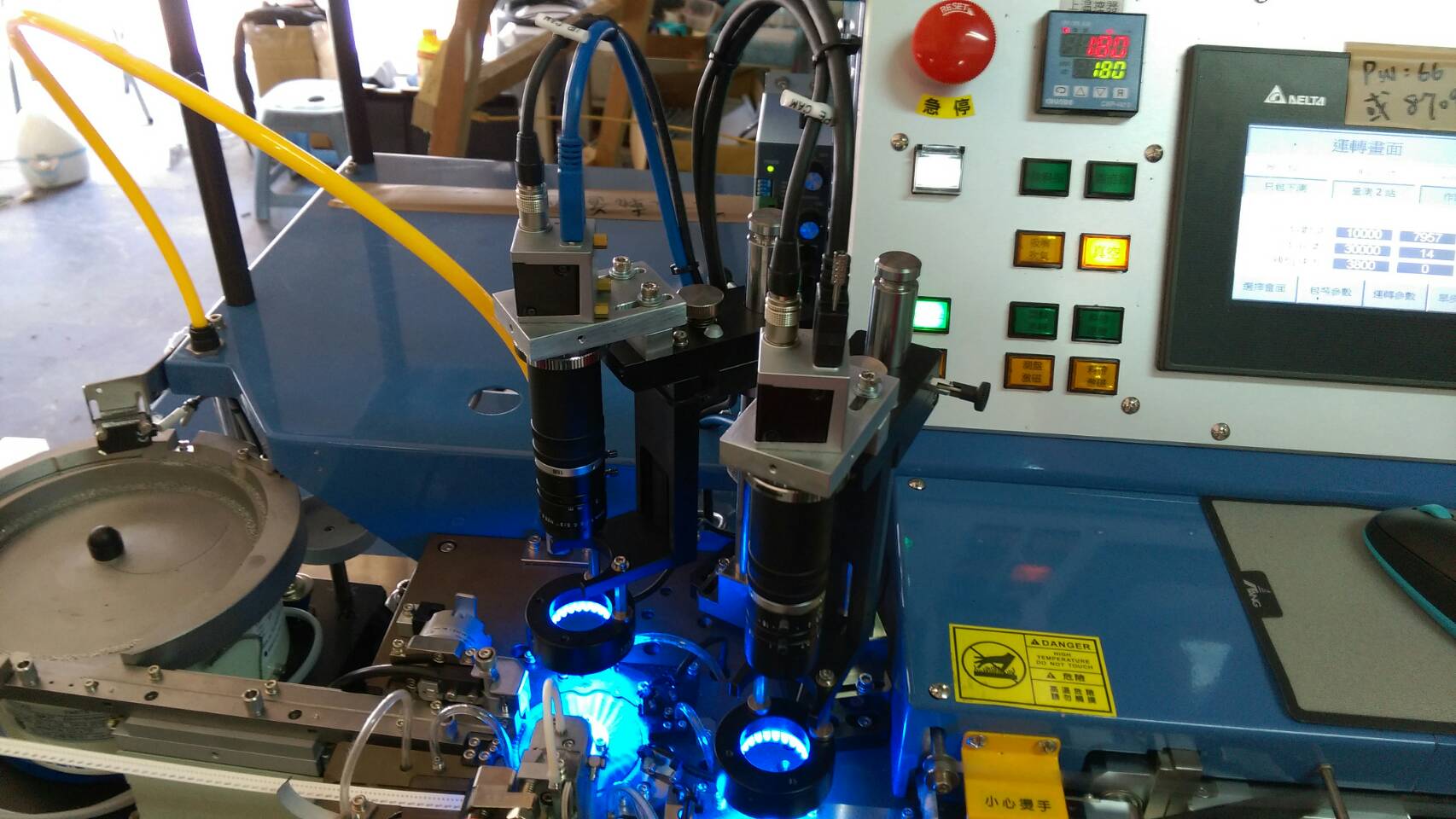
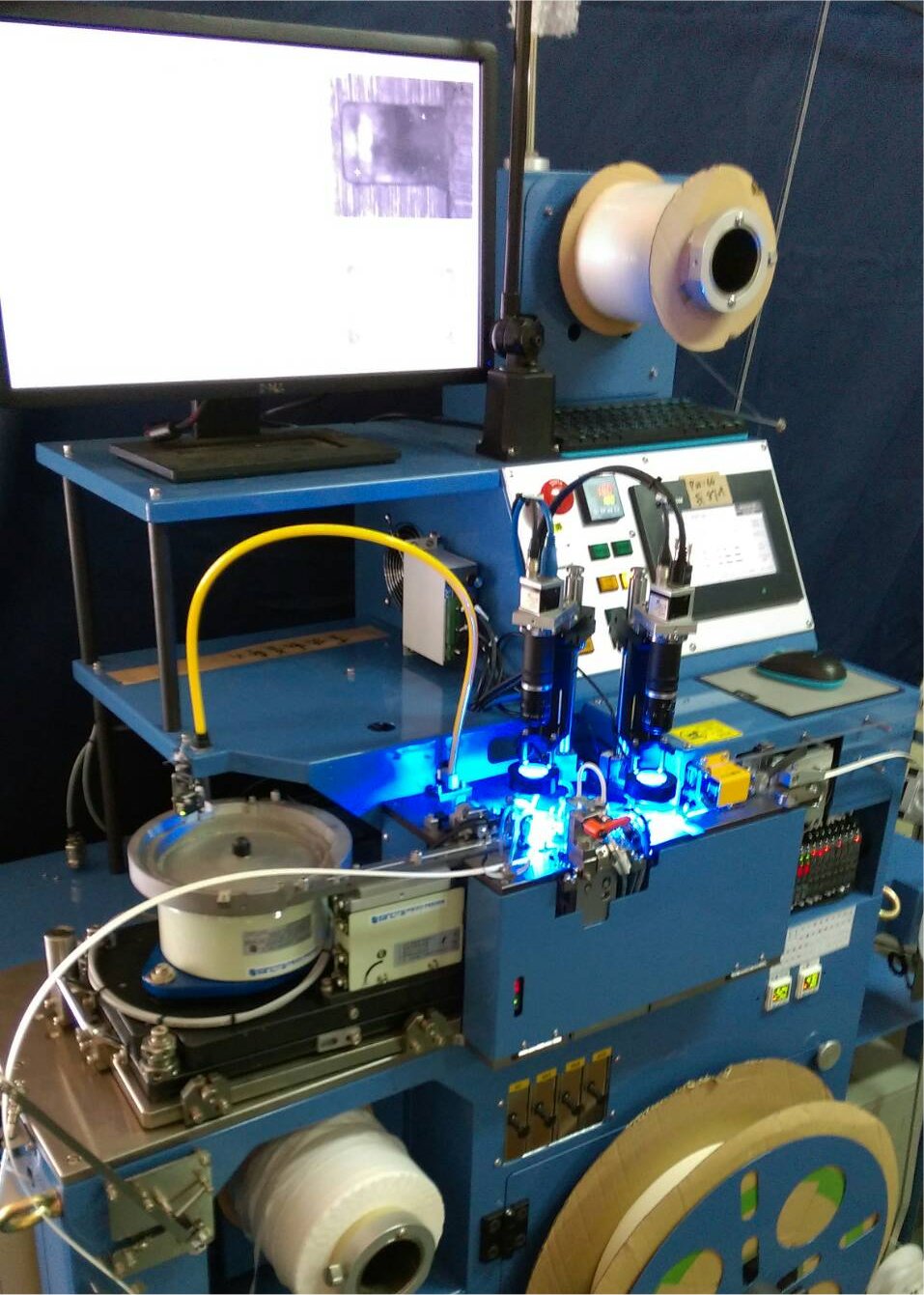
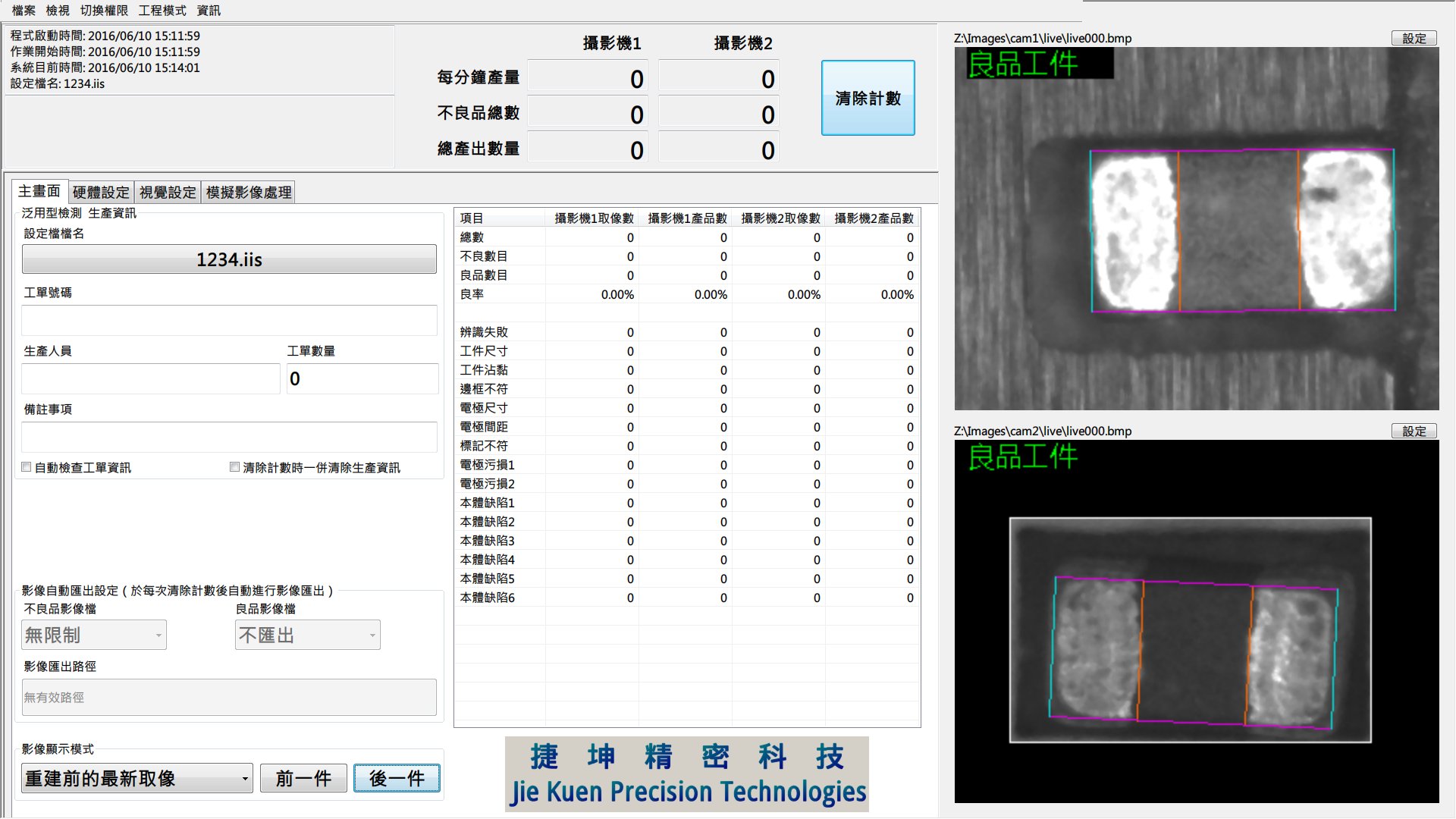
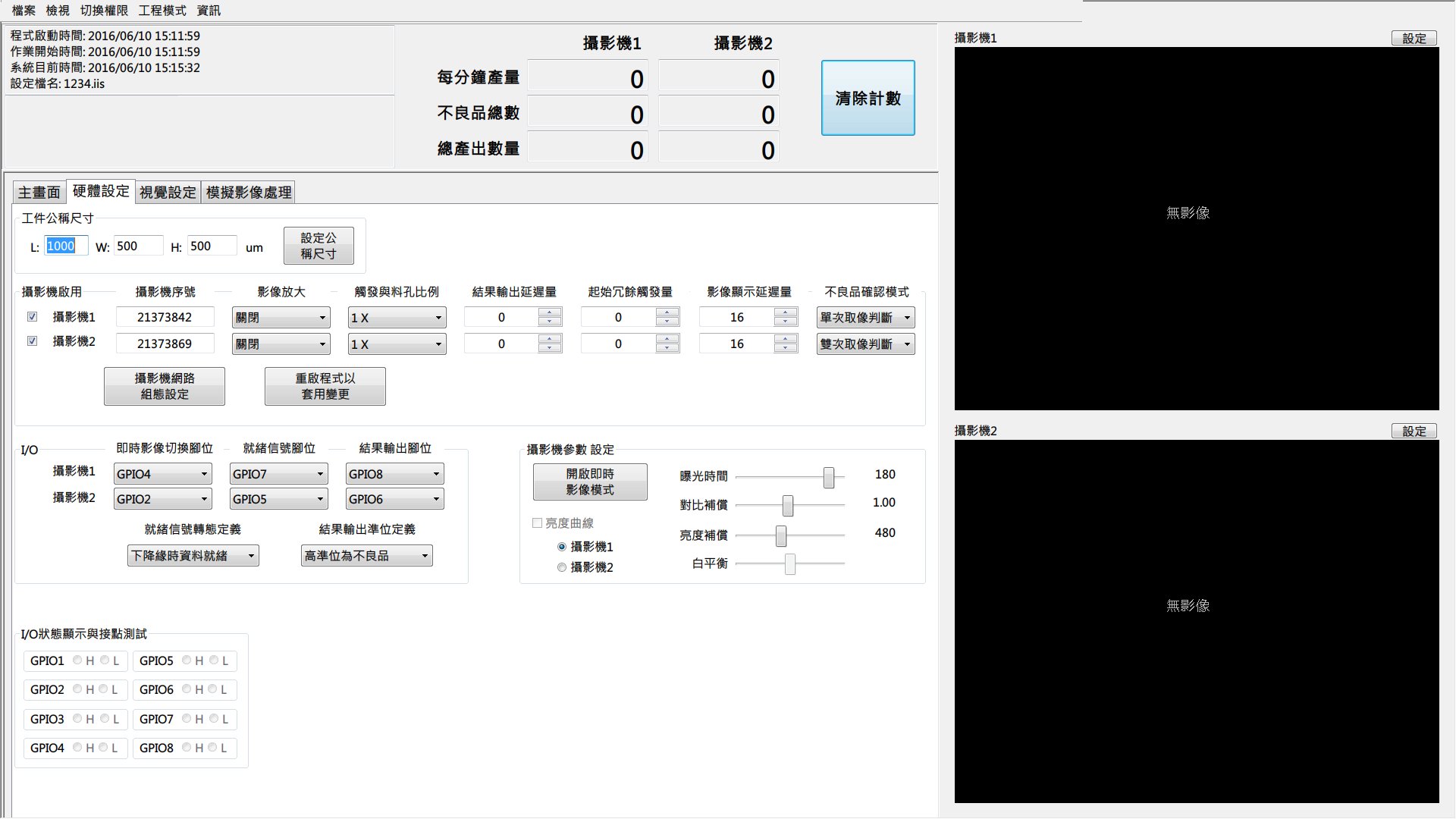
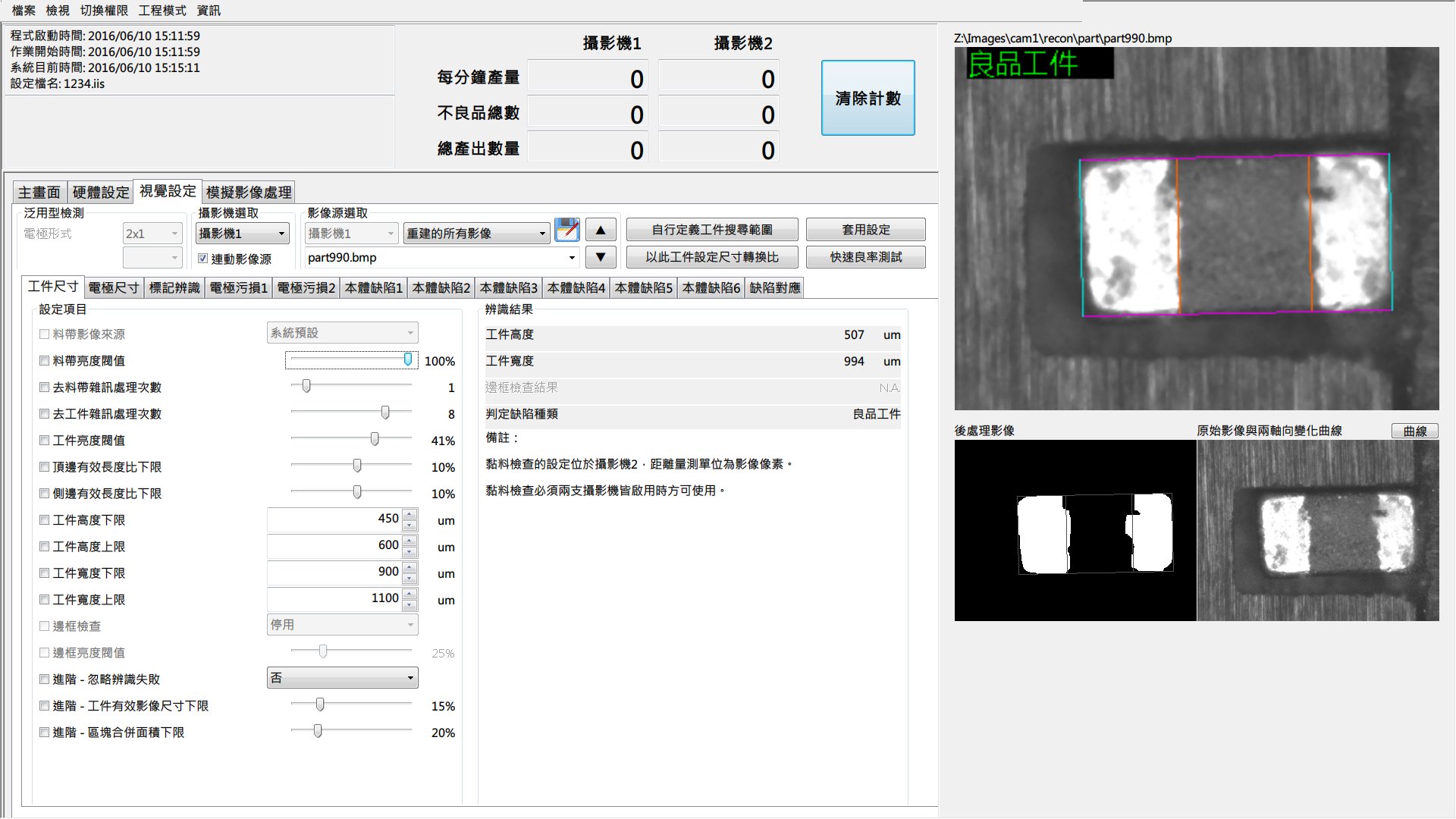
|
|
- The operating system is Windows 7 64-bit edition, bringing the machine full functions, friendly interface, and high reliability as a standlone machine.
- The industrial cameras guarantee high quality images. Data are transfered through the standard USB3.0 interface and no special capture card is required. The maintenance cost can be significantly reduced.
- Monofocal lenses are used for the system simplification. Different lenses can be used upon request.
- Adopt special image storing technology and totally eliminate the harddrive related issues.
- Support the re-checking mode of the taping machines and automatically correct the output quantity.
- Inspection results can be outputted with specified delay, making no influence on the production speed.
- All input / output signals are adjustable through the software for the taping machine requirement.
- Synchronize the image display with the replacement stop, making personnels easy to judge and operate.
- The realtime display mode with the brightness histogram curves assists personnels to balance the lighting. Images can be enlarged arbitrarily, making the adjustment easier and more precise.
- 1000 images are stored for each camera for the vision setup and the simulation, making the setting a breeze.
- The self-located ROI lowers the setup efforts and errors, and increase the flexibility.
- Immediately reflect the result of the vision setup adjustment, making it clear and straightforward.
- Provide full graphical user interface with Traditional Chinese / Simplified Chinese / English.
- Both the software and hardware are in-house designed and can be modified according to the requirements.
|
|
- MLCC / MLCI
- MLCC Arrary / MLCI Array
- Chip Resistor
- Resistor Array
- Wire-wound Inductor
- NR Inductor
- Diode
- LED
- QFN
|
|
- Process Issues: Empty cavity and component flipping.
- Dimensions: Measure DUT dimensions, electrode dimensions, and electrode ratios.
- Distance:Measure distances between electrodes or certain edges.
- Electrode Dirt: Find out the defects on the electrodes.
- Ceramic Soldering: Find out the undesired solders on the ceramic.
- Ceramic Dirt: Find out the dirts on the ceramic.
- Ceramic Crack: Find out the cracks on the ceramic.
- Bad Marking: Verify the marks on resistors, diodes, and QFNs.
- Bad Gluing: For NR inductors, check whether it is over-glued or under-glued.
- Bent Electrode: For diodes and LEDs, reject those DUTs with bent electrodes.
- Bad Wiring: For wire-wround inductors, check the wire position, the dirts on wires, and the void soldering.
- Chrominance: For LEDs, verify the color and the saturation.
Users can adjust the brightness thresholds, the variation thresholds, and the detection regions to have desired results,
and sort the DUTs by giving the proper upper and lower bounds of the dimensions and defect sizes.
|
|
- About 4ms(For MLCC)
- 3,000 pieces per minute when results are outputted sequentially and interlockedly (Immediate mode).
- 6,000 pieces per minute when results can be queued and outputted with certain delay (Buffered mode).
|
|
| Click here to watch or download |
|
|




